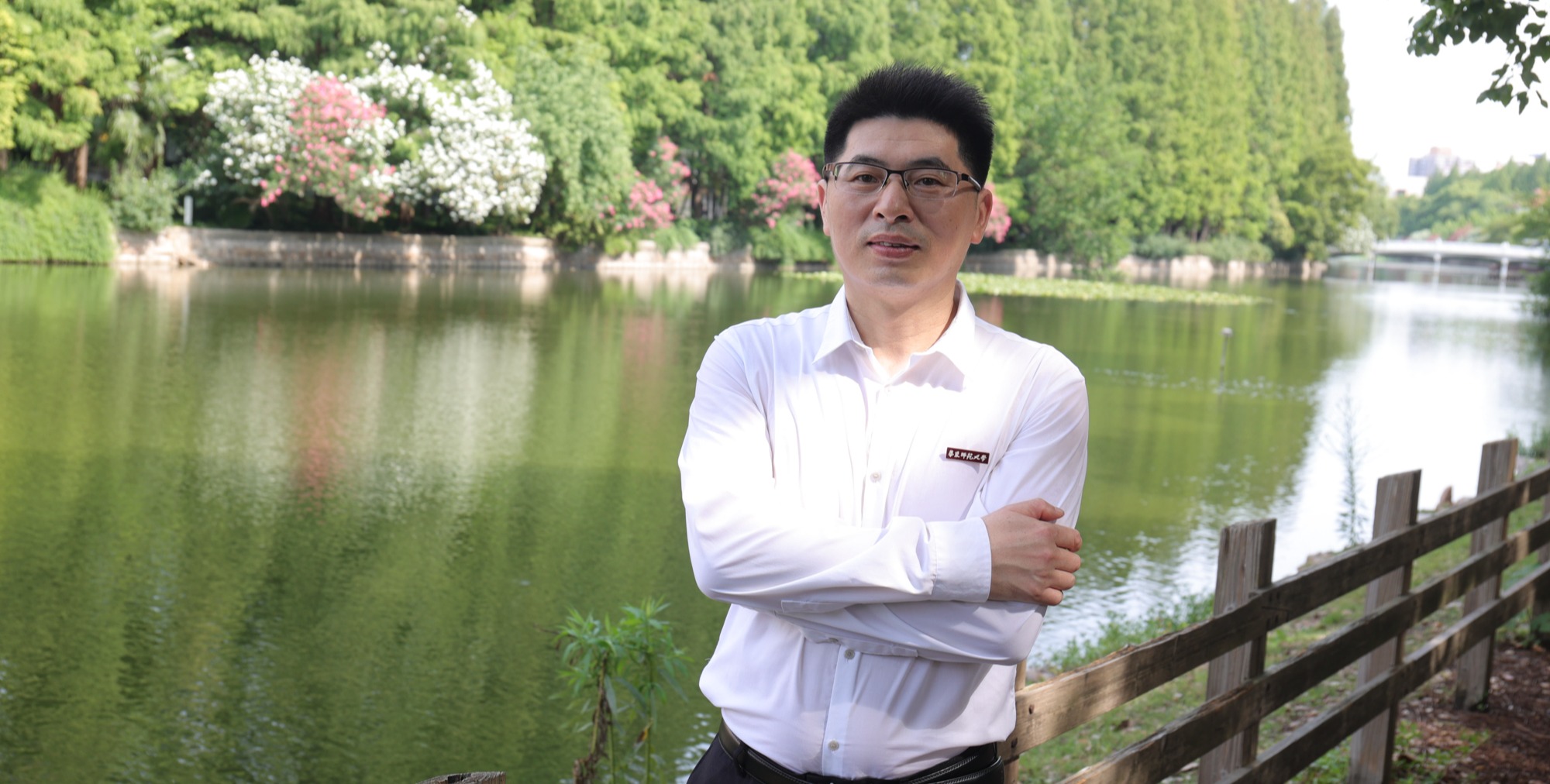For perovskite solar cells (PSCs), one big concern is that commonly used metal electrodes react with the perovskite layer, inducing electrode corrosion and device degradation, which leads to metal corrosion.
To overcome such problems, a research team under Prof. Fang Junfeng with the ECNU School of Physics and Electronic Science has proposed a chemical anticorrosion strategy. Their study on how to fabricate stable inverted PSCs through introducing a typical organic corrosion inhibitor of benzotriazole (BTA) before Cu electrode deposition was published in Science Advances.
ECNU is the first affiliated unit, followed by Ningbo Institute of Materials Technology & Engineering, Chinese Academy of Sciences. Associate researcher Liu Xiaodong is the first author of the paper and Prof. Fang the first correspondent author.

A study conducted by the research team under Prof. Fang Junfeng was published in Science Advances.
PSCs are low in cost and high in efficiency. Device stability, especially continuous power output under light and load, is the next big challenge that must be addressed before the commercialization process can begin.
The researchers have revealed that the corrosion of metal electrodes is a major origin of intrinsic device degradation through exploring the self-degradation process of PSCs.
ECNU’s Fang Junfeng and his co-researchers introduced a typical organic corrosion inhibitor of benzotriazole (BTA) before Cu electrode deposition to avoid electrode corrosion and improve device stability.
BTA molecules coordinate chemically with the Cu electrode and form an insoluble and polymeric film of BTA-Cu, thus suppressing the electrochemical corrosion of the Cu electrode in halogen atmosphere and blocking the reaction between perovskite and Cu electrode.
In addition, recent studies indicate that metal electrode diffusion may also be a critical reason for device degradation when penetrated into the perovskite layer. In PSCs with BTA, such a polymeric BTA-Cu film can also work as a diffusion barrier and block Cu diffusion toward the perovskite layer, thus further improving device stability.
As a result, device stability is greatly improved under both moisture air and thermal conditions. PSCs with BTA retain 92.8 ± 1.9% of the initial efficiency after aging 2,500 hours in moisture air. In addition, over 90 percent of initial efficiency is still retained after aging 1,000 hours at 85 degrees Celsius.

The reaction mechanism of BTA and the stability of PSCs
Dr. Xiaodong Li began to work at ECNU as a full-time associate researcher in November 2019, specializing in operational stability of PSCs. As the first author, he has published 13 research papers such journals as Science Advance and Nature Communications, including one hot ESI paper. ESI hot papers reflect the papers cited in the top 0.1% of the current bimonthly period.
Prof. Fang joined ECNU in 2019 as a Zijiang Outstanding Youth, and has been devoted to research of organic optoelectronic materials and devices and hybrid perovskite optoelectronic materials and devices. A prolific researcher, he has published over 100 papers in SCI-indexed journals such as Science Advance, Nature Communications and Journal of the American Chemical Society. He has headed a number of projects supported by the National Natural Science Foundation, China's 10,000-Top Young Talents supported by the Publicity Department of the CPC Central Committee, Key Research Program of Frontier Sciences supported by the Chinese Academy of Sciences, and 100 Talents Program supported by the Chinese Academy of Sciences.
Source: School of Physics and Electronic Science
Copy editor: Joshua Mayfield
Editor: Yuan Yiwei


















